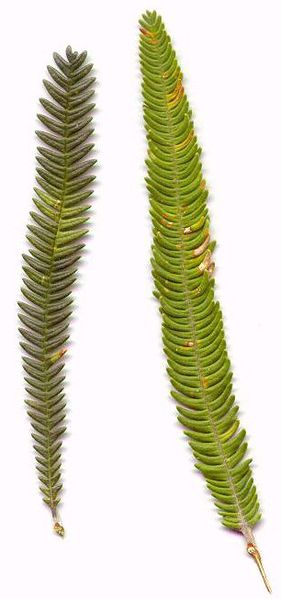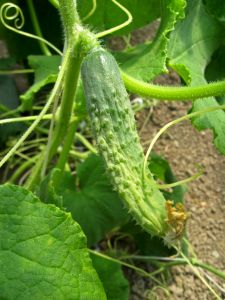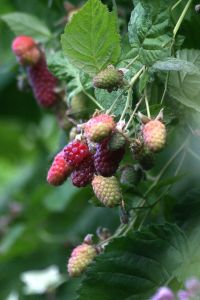Banana
The banana is a common name for a type of herbaceous plant, as well as the name for the fruit that they produce. Although we normally see bananas as being yellow, they actually come in a variety of sizes and colours when they are ripe – including purple and red. The bananas that we normally see in the supermarket are soft, sweet, ‘dessert’ bananas. However, other bananas in its genus have starchier fruits that are called plantains.
Bananas are native to tropical South East Asia, and are thought to have been first domesticated in Papua New Guinea. Nowadays, bananas are grown in 107 countries for their fruit, but also to make fiber and to grow them as an ornamental plant.
The banana plant is the largest herbaceous flowering plant in the world. The plant is tall and sturdy, and are often mistaken for trees as they grow up to 6 to 7.6 metres tall. Its leaves are arranged in a sprial formation, and can grow up to 2.7 metres long and 1 metre wide. Banana fruits develop from what is called a banana heart, and aer grown in a hanging cluster (ie a bunch) which consists of about 3 to 20 tiers. Bananas grow pointing up, not hanging down.
Individual banana fruits are called a ‘banana’ or a ‘finger’. An average banana weighs 125 grams, which is composed of 75% of water and 25% of dry matter. There is a banana peel with lots of long, thin strings which are actually phloem bundles which run between the edible part of the banana and the banana skin.
Bananas have sometimes been described as a leathery berry. In some varieties, the seeds in the banana are almost non-existent. The only remnants of the seeds are tiny black specks in the fruit. On the other hand, wild bananas have large, hard seeds.
Bananas are a popular fruit, although there are some health benefits and harmful side effects from eating bananas. Like some other fruits and vegetables, eating bananas is associated with a reduced risk of colorectal cancer, breast cancer, and renal cell carcinoma. They also contain a lot of vitamin B6, vitamin C, and potassium. As a result, this is a popular food that athletes in eat order to replace their electrolytes. However, those with a latex allergy will experience an allergic reaction to bananas.
The banana plant is also used for other uses, other than for eating. It is used as a fiber source for high quality textiles. In Japan, bananas have been cultivated for clothes and other household uses since the 13th centuries. For example, they have been used for tableclothes, the innermost fibres for kamishimos and kimonos. In Nepal, they have been used in rugs to give it a silk-like texture. In Tamil Nadu in India, they harvest the trunk of the banana to make it into a fine thread which is used in making flower garlands.




